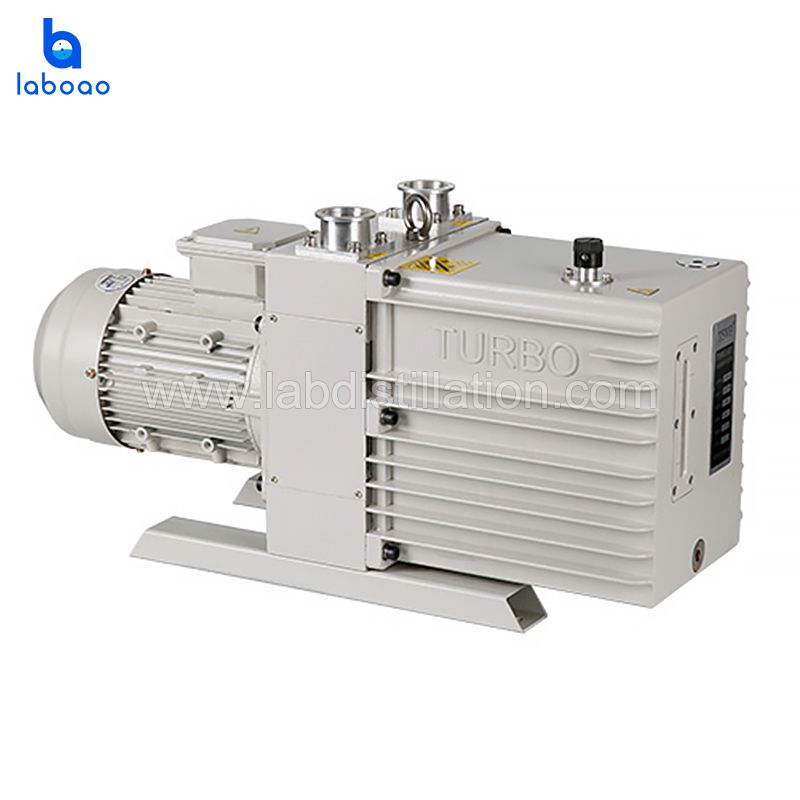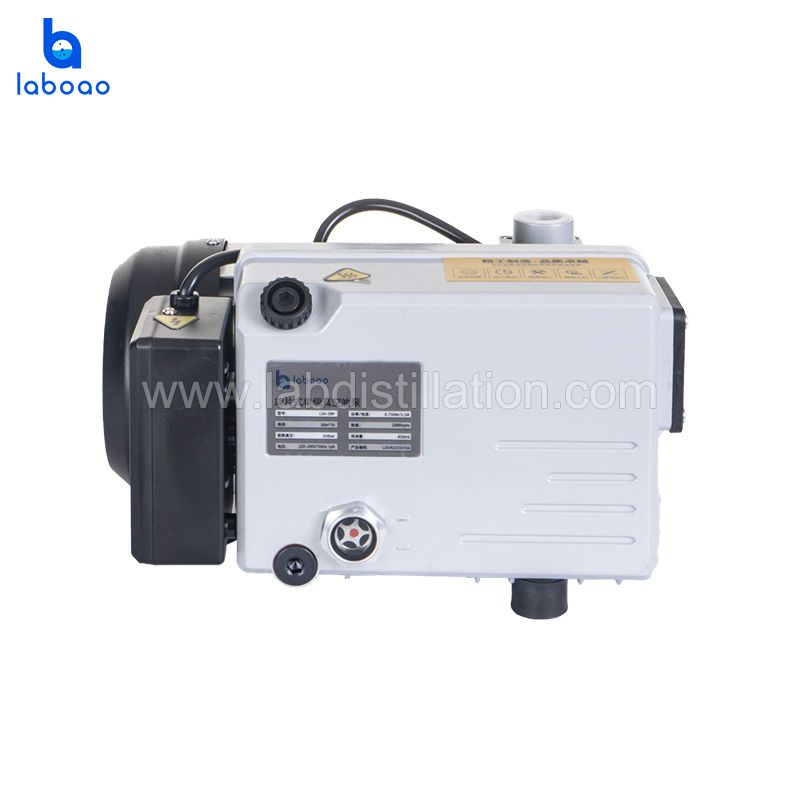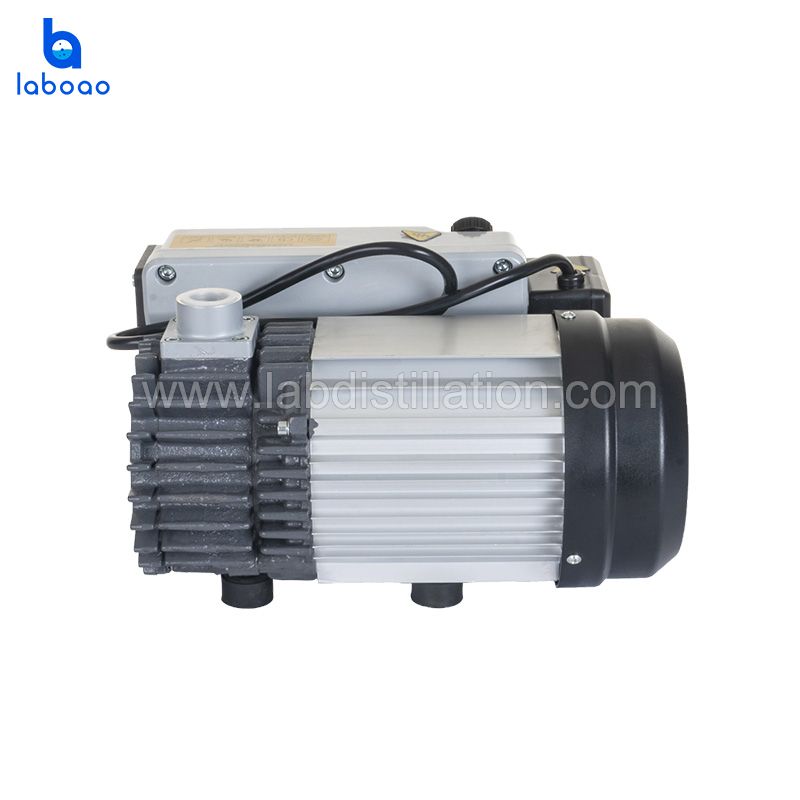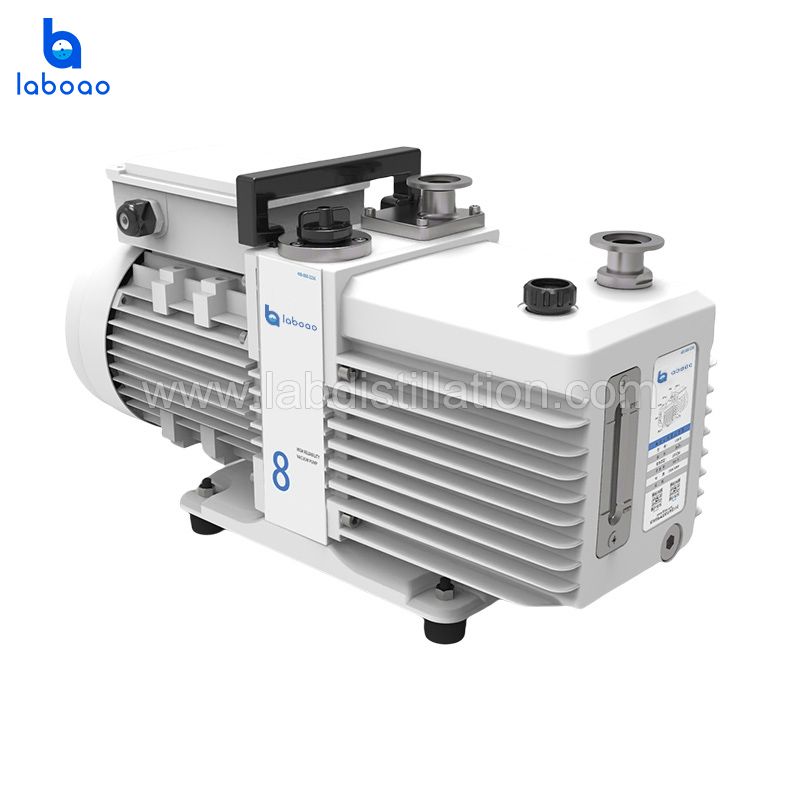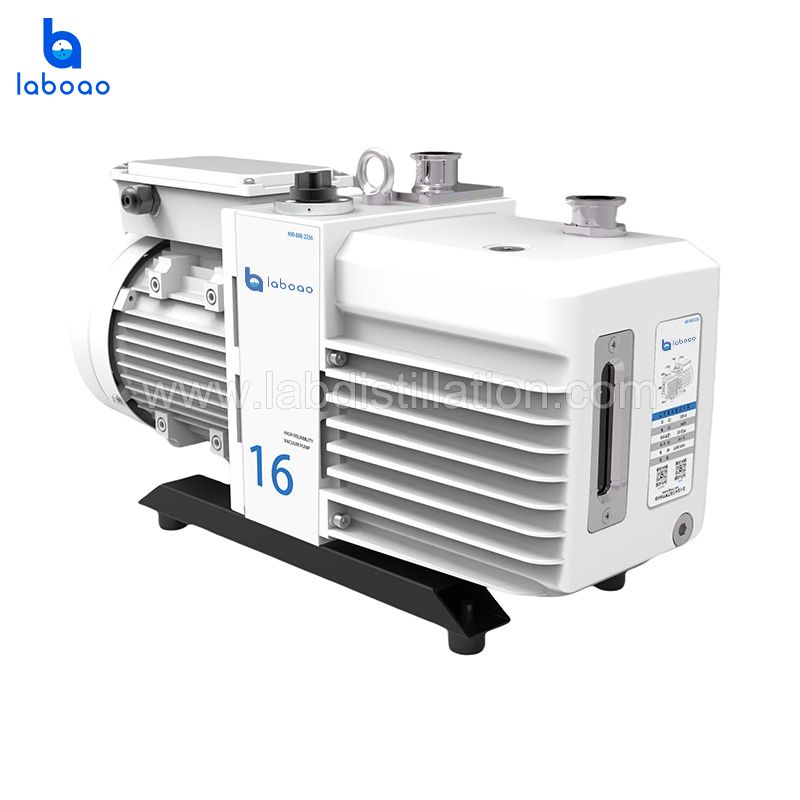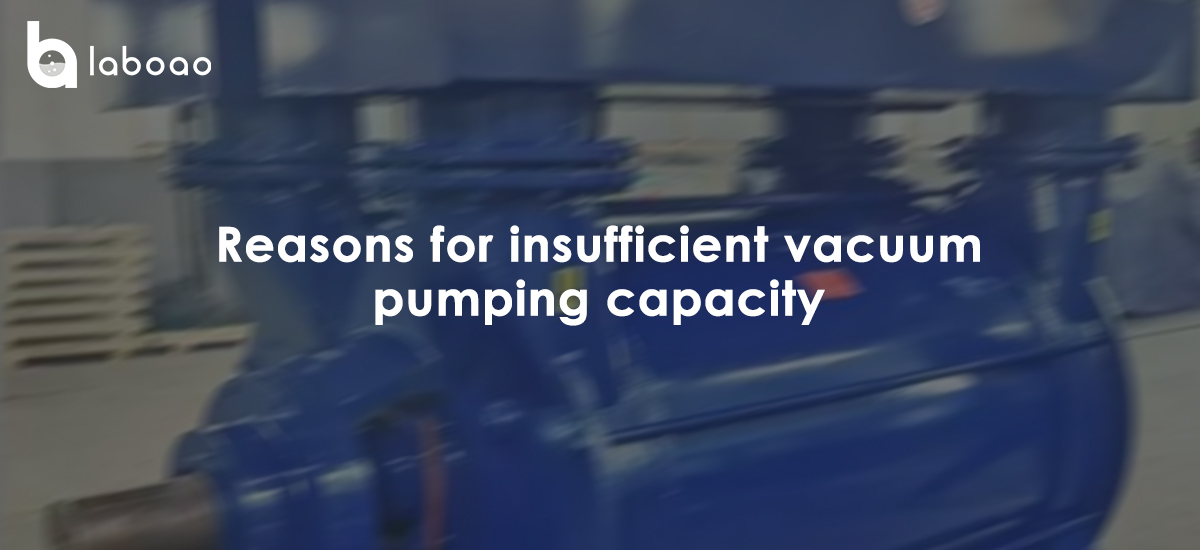
The vacuum pump is a relatively sophisticated mechanical equipment. Its basic function is to use various methods to extract the gas in the enclosed space, thereby generating and maintaining a vacuum state. During the use of the user, the vacuum pump will inevitably have insufficient air extraction or low vacuum degree. There are many reasons for these phenomena. The following analyzes the reasons and solutions for insufficient vacuum pump air extraction.
1. Insufficient vacuum degree
Reason: 1. Pipeline leakage: If the pipes, flanges and other parts connected to the vacuum pump are not tightly sealed, external air will enter the system, causing the vacuum degree to drop. For example, if the sealing gasket of the pipeline is aged, damaged, or the fastening bolts are not tightened during installation, leakage points will occur.
2. Internal leakage of the pump body: If the seal between the impeller and the pump body of the water ring vacuum pump and between the air inlet and the exhaust port is damaged, the vacuum degree will also be reduced. For example, the wear of the mechanical seal caused by long-term operation may cause the gas to leak from the high-pressure side to the low-pressure side.
3. Insufficient water volume or too high water temperature: Water plays an important role in forming a sealed water ring and taking away heat in the water ring vacuum pump. When the water volume is insufficient, the formation of the water ring is affected, and the gas cannot be effectively sealed and compressed, so that the vacuum degree cannot meet the requirements. Excessive water temperature will increase the saturated vapor pressure of water and reduce the ultimate vacuum degree of the pump. For example, in summer, if the cooling water circulation system fails and the water temperature rises, this situation is easy to occur.
Solution: 1. Carefully check the pipeline system, replace aging or damaged sealing gaskets, ensure that the connection parts are well sealed, and tighten the bolts.
2. For internal leakage of the pump body, it is necessary to check and replace worn mechanical seals or other sealing parts.
3. Ensure sufficient water supply and control the water temperature within the appropriate range. You can ensure sufficient water by checking whether the valve of the water supply system is fully open and whether the water pump is working properly. You can also install a cooling device to control the water temperature.
2. Motor overload
Cause: 1. Excessive working fluid: If the working fluid (usually water) in the pump exceeds the specified liquid level, it will increase the resistance to the rotation of the impeller, resulting in excessive motor load.
2. Friction between the impeller and the pump body: The impeller may rub against the pump body due to improper installation, bent shaft or foreign matter entering the pump body. For example, during the assembly of the pump, if the installation position of the impeller is deviated or small solid particles enter the pump, the friction between the impeller and the pump body will increase.
3. Blockage of the exhaust port: When the exhaust port is blocked, the gas in the pump cannot be discharged smoothly, and the pressure gradually increases, so that the motor needs to overcome greater resistance to operate, resulting in overload.
Solution: 1. Check and adjust the liquid level of the working fluid to keep it within the specified range.
2. Check the installation of the impeller, correct the bent shaft, clean the foreign matter in the pump body, and avoid friction between the impeller and the pump body.
3. Check the exhaust port, remove the blockage, and ensure smooth exhaust.
3. Pump body heating
Cause analysis: 1. Frictional heating: As mentioned above, the friction between the impeller and the pump body, or the wear of the bearings, will generate excessive heat. During long-term operation, bearings are prone to wear and heat due to poor lubrication or excessive axial and radial forces.
2. Gas compression heat: During the operation of the vacuum pump, the gas is compressed and generates heat. If the compression ratio is too high or the heat dissipation conditions are not good, heat will accumulate in the pump body. For example, when the resistance of the exhaust pipe is too large, the degree of compression of the gas in the pump will increase, causing heat.
Solution: 1. For friction heat, it is necessary to repair or replace the worn impeller and bearing in time, and ensure good lubrication.
2. For gas compression heat, it is necessary to reasonably control the compression ratio, check whether the exhaust pipe is unobstructed, and improve the heat dissipation conditions of the pump body, such as adding heat sinks or strengthening ventilation.
4. Abnormal vibration and noise
Cause analysis: 1. Unsound foundation: If the installation foundation of the vacuum pump is not firm, vibration and noise will be generated during operation. For example, if the pump is installed on a loose bracket or uneven ground, the operation of the motor and pump body will cause the entire equipment to shake.
2. Loose or damaged parts: Loose or damaged parts such as impellers, shafts, couplings, etc. can also cause vibration and noise. For example, the impeller may become loose after long-term operation, and unbalanced force will be generated when rotating at high speed, causing vibration.
3. Cavitation occurs: When the local pressure in the pump drops below the saturated vapor pressure of the liquid, the liquid will vaporize to form bubbles. When the bubbles burst in the high-pressure area, they will impact the pump body, causing vibration and noise. This may be caused by reasons such as too low inlet pressure of the pump or too high water temperature.
Solution: 1. Ensure that the vacuum pump is installed on a firm and flat foundation, and take effective shock-absorbing measures, such as installing shock-absorbing pads.
2. Regularly check and tighten parts, and replace damaged impellers, shafts, couplings, etc.
3. To prevent the occurrence of cavitation, methods such as increasing inlet pressure, reducing water temperature, and optimizing pump design can be used.

